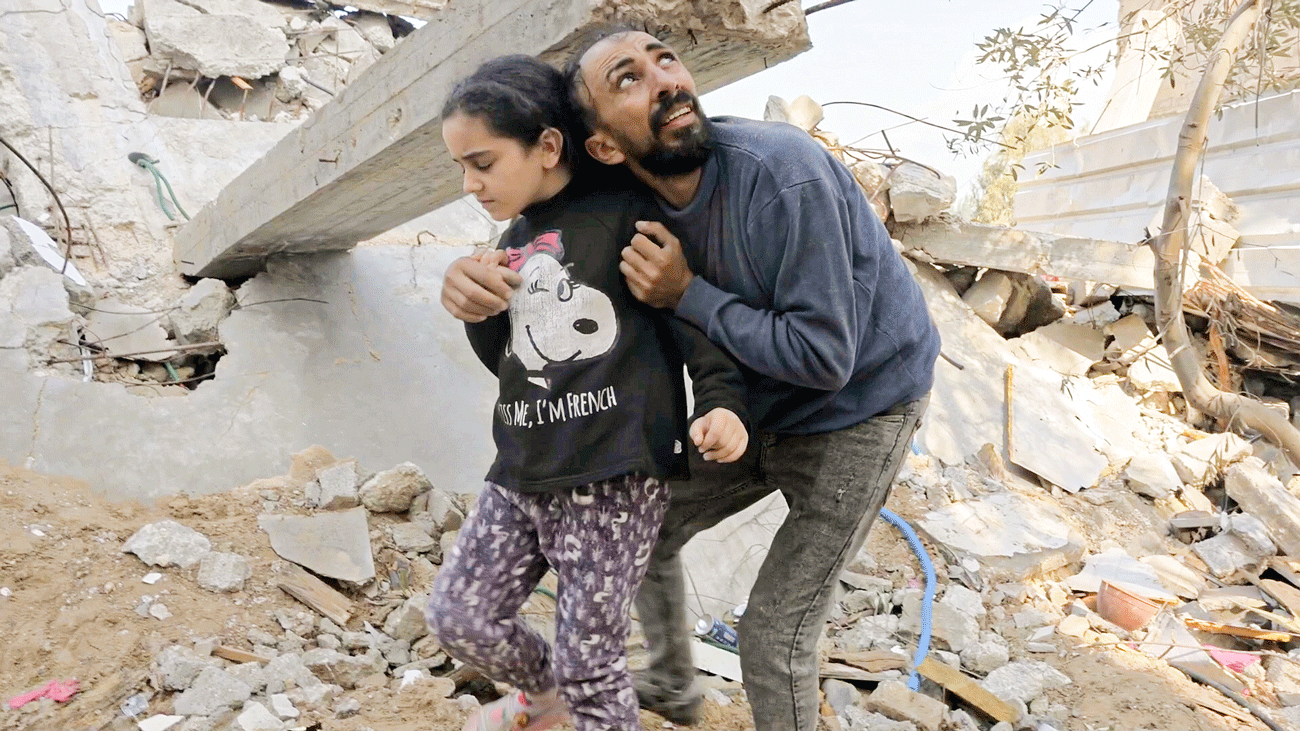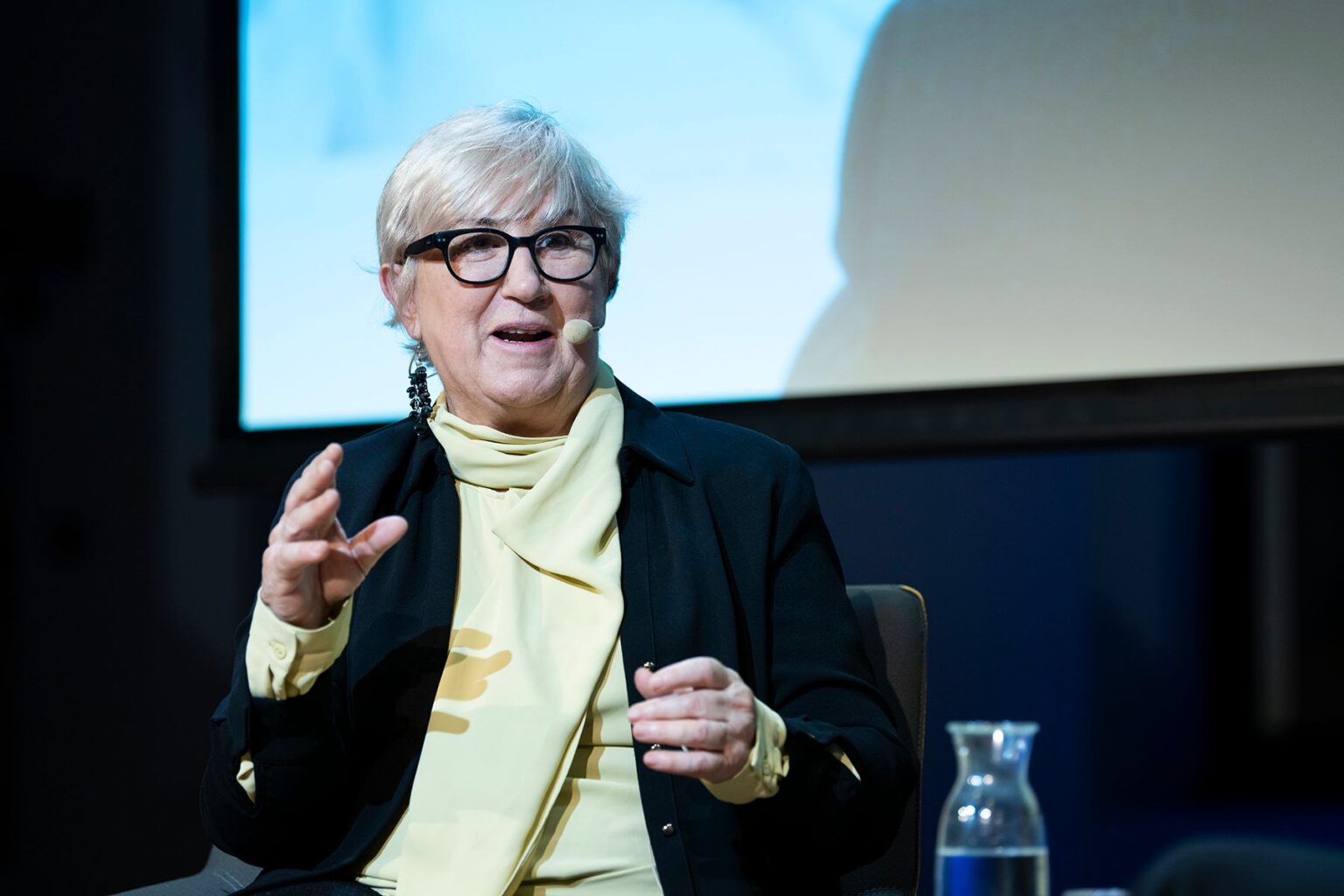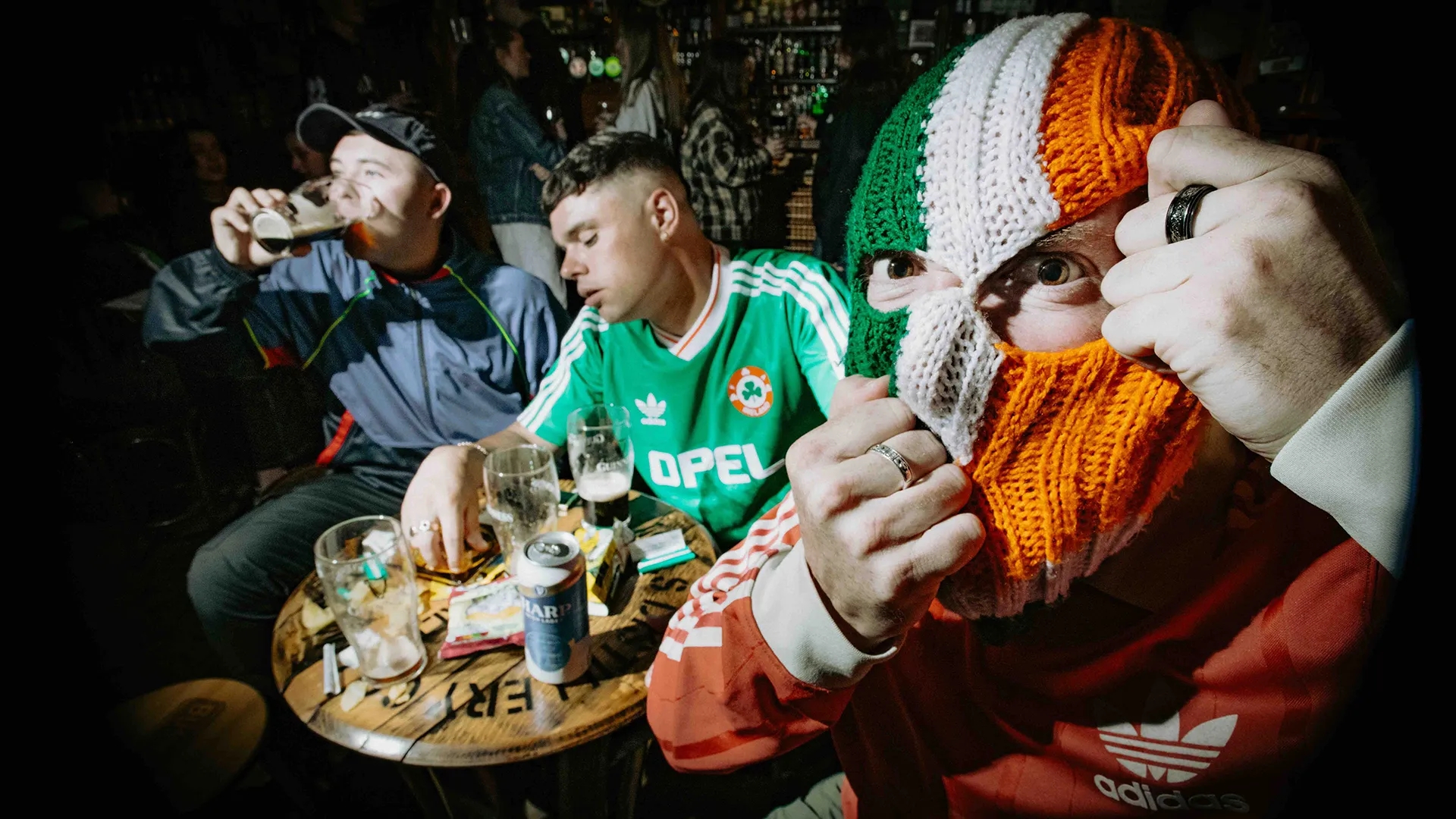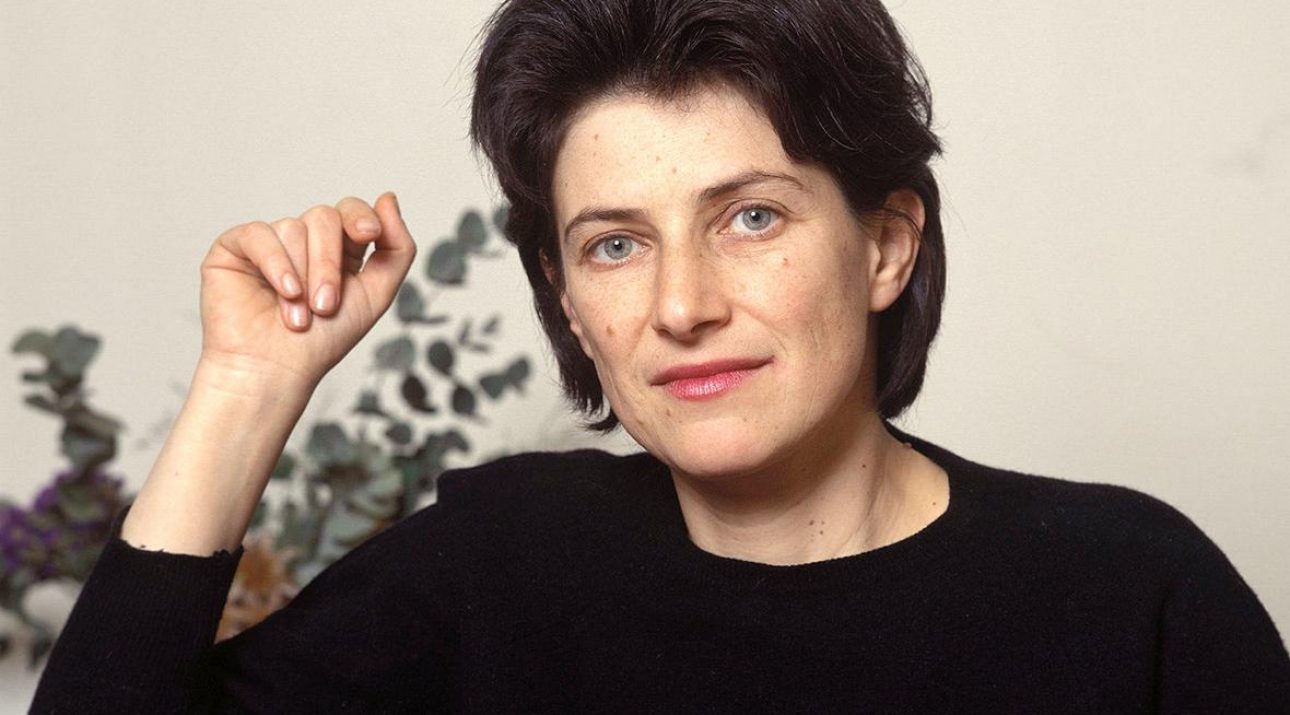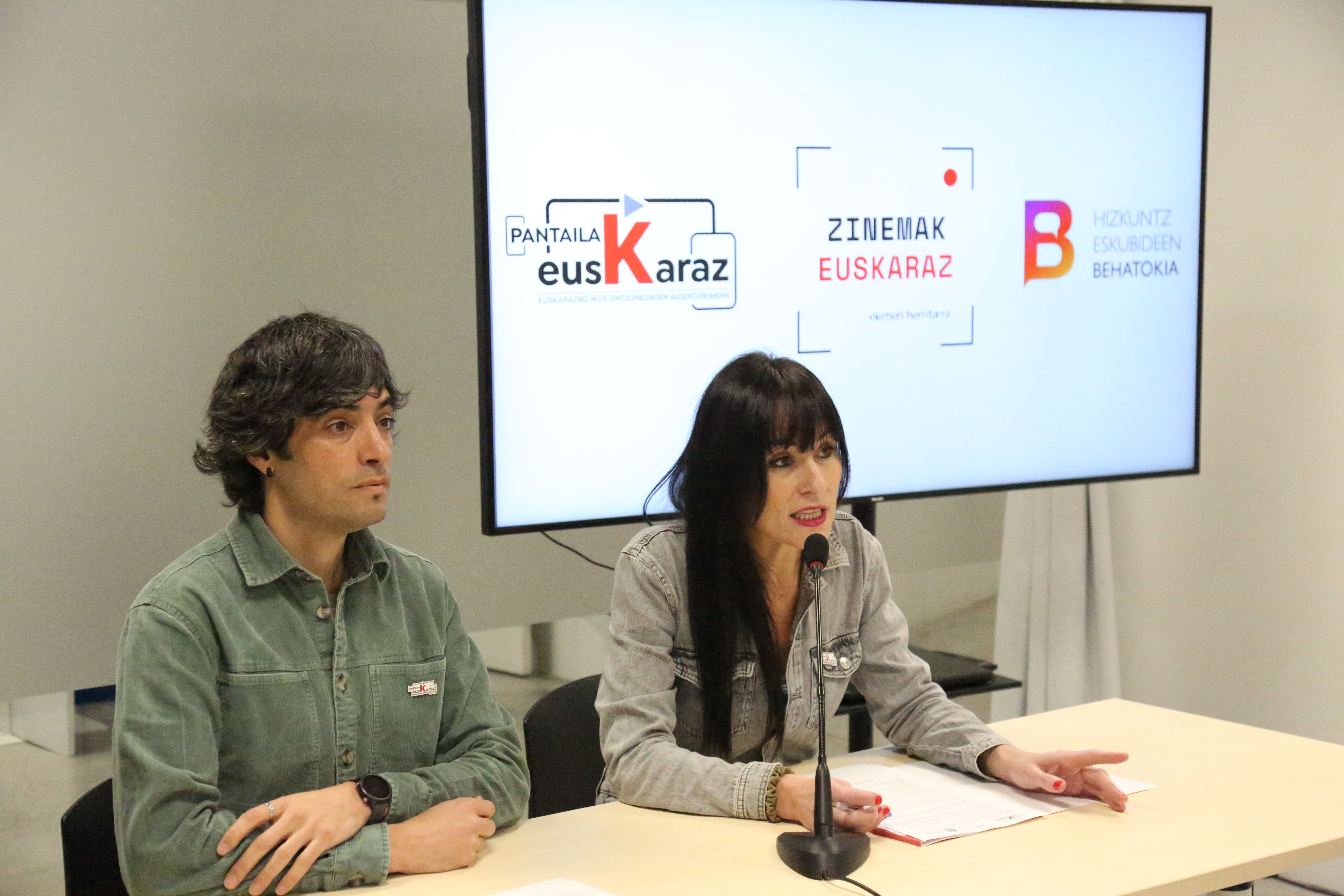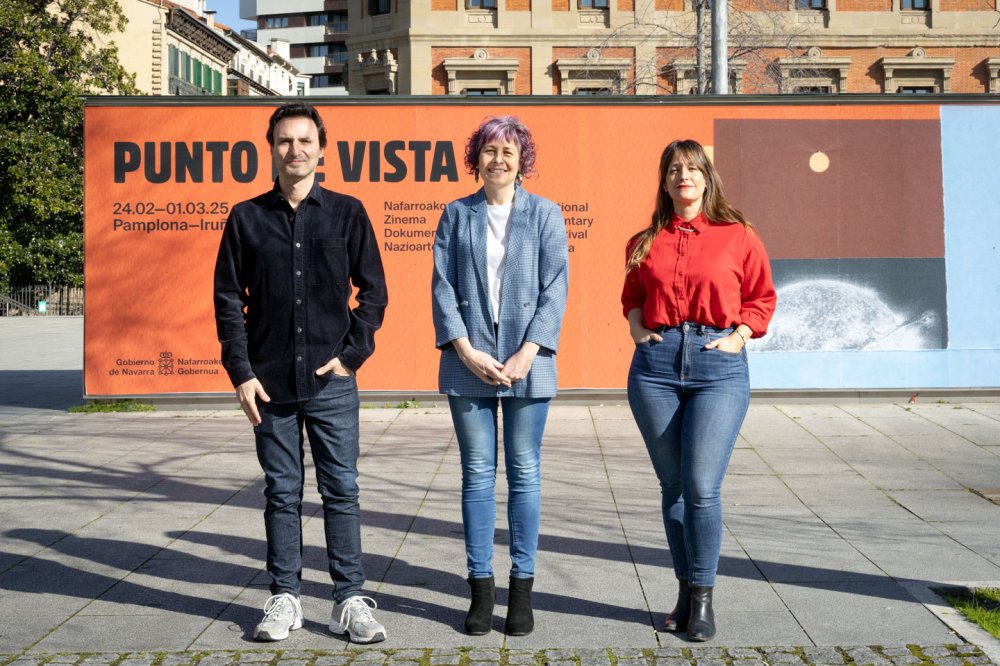Eastern imaginaries
- Now that the quarantine has exceeded the quarantine, the list of women's films linked to the confinement has turned to the East. Akerman's guts have occupied the place of Kawase's guts, following the film literature of Dura.

The Japanese filmmaker and artist Naomi Kawase (Nara, Japan, 1969), in addition to dedicating himself to fiction and documentary, has tackled daily, essay, videoart and cinematographic meditation. His works have a search for identity and origins that lead to a close-up of intimate life. In movies, the photographer feels very attached to the camera through training.
Kawase Tarachime (Japan, 2006) talks about birth, motherhood and aging. Between trauma and love, it makes us enter into the intimacy of the old aunt who has fulfilled her role as a mother, whom she will call grandmother, overcoming the limits of wrinkles, the fall of skin and the body that no longer generates desire. Kawase has the questions of her creation and will have to look for them between the answers of her grandmother and the nudes. It can be a way to overcome the pains, as the grandmother admits that "she did not give birth to Naomi, but she brought her son." The staging is not always comfortable, and the images directly question common sense. It is a dance between support and abandonment, as well as the process of the director, from the daughter to the mother. The tasks to be carried out in the future must be understood in the past.
The letters of In between days (Catalunya, Japan, 2009) were recorded a few years later. This is a work carried out with Isaki Lacuesta (Girona, 1975), in which each sends his/her diaries and environments to the other through audiovisual letters. In total, there are seven shorts that are exchanged, and beyond what is known, the time between the letters becomes important, hence the name of the work (in Basque, Between days). The work and mutual knowledge among filmmakers are now being read. Lacuesta's images have been shot the day after her first interview, and the last of Kawase tell her last stay among them. They can also be understood as reflections on the production of films usually abroad and around the unknown.
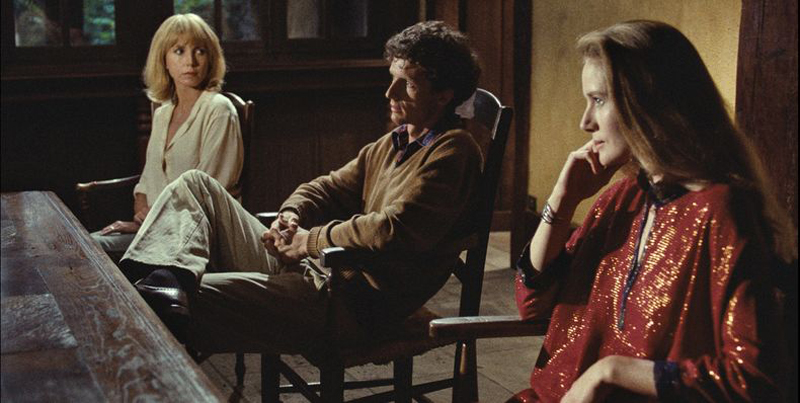
Marguerite Duro (Saigon, 1914 - Paris, 1996) was born some 4,000 kilometers away. He returned to France as a teenager, as he was from the family and was known as a filmmaker and writer. He has written books and film scripts as well known as Hiroshima mon amour (France, 1959), by Alain Resnais, and his works in film are evident. It moves between the story and the images, combining both lines, crossing them or separating them.
It was precisely in this game of images and words that he shot Le navire night (France, 1979). The voices tell the love story of anonymous characters who call each other in the Parisian night, where they meet and relate through illegal phone lines. It would be an analogue dye. The images show the streets without people, on the one hand, and some characters found inside the house, on the other. Curiosity leads to both the story and the evolution of the family, leaving open the possibility of many compatible meanings. The process and staging of the film are obvious, but only the viewer can understand why.
Following the direction of his predecessor, Dura has a half-film called L'homme atlantique (France, 1981). Entering a house near the sea, the shooting is naked in the director's activities. A man crosses the premises of the building, sometimes following orders, and others on his own. At the beginning of the film Dura says: "Don't worry, you forget the camera." However, we don't know if that second person is us or the actor, because the voice off goes inside and outside the movie. The bitter memory of words is the absence in the landscape, and the film is full of reflections about the film. The boundary between fiction and documentary is diffuse, since, according to Dura, "life is a photographic phenomenon".
The two artists may be away from each other in history and in places of residence, both in the use of the word and in the frame. In this case, however, it has united the conditions of the interior spaces, and I am convinced that this is not the only similarity that we can find. The search for the viewer's testimony is perhaps the triple bridge that can unite. A bridge that can cross several oceans.
No other land dokumentalaren zuzendari Hamdan Ballal kolono sionistek jipoitu zuten astelehenean bere herrian, beste hainbat palestinarrekin batera, eta Israelgo militarrek eraman zuten atxilo ondoren. Astarte goizean askatu dute.
Donostiako Tabakaleran, beste urte batez, hitza eta irudia elkar nahasi eta lotu dituzte Zinea eta literatura jardunaldietan. Aurten, Chantal Akerman zinegile belgikarraren obra izan dute aztergai; haren film bana hautatu eta aztertu dute Itxaro Bordak, Karmele Jaiok eta Danele... [+]
35 film aurkeztu dira lehiaketara eta zortzi aukeratu dituzte ikusgai egoteko Euskal Herriko 51 udalerritan. Euskarazko lanak egiten dituzten sortzaileak eta haiek ekoitzitako film laburrak ezagutaraztea da helburua. Taupa mugimenduak antolatzen du ekimena.
Pantailak Euskarazek eta Hizkuntz Eskubideen Behatokiak aurkeztu dituzte datu "kezkagarriak". Euskaraz eskaini diren estreinaldi kopurua ez dela %1,6ra iritsi ondorioztatu dute. Erakunde publikoei eskatu diete "herritar guztien hizkuntza eskubideak" zinemetan ere... [+]
Geroz eta ekoizpen gehiagok baliatzen dituzte teknologia berriak, izan plano orokor eta jendetsuak figurante bidez egitea aurrezteko, izan efektu bereziak are azkarrago egiteko. Azken urtean, dena den, Euskal Herriko zine-aretoak gehien bete dituztenetako bi pelikulek adimen... [+]
Otsailaren 24tik eta martxoaren 1era bitartean, astebetez 60 lan proiektatuko dituzte Punto de Vista zinema dokumentalaren jaialdian. Hamar film luze eta zazpi labur lehiatuko dira Sail Ofizialean; tartean mundu mailako lau estreinaldi eta Maddi Barber eta Marina Lameiro... [+]
A conference for architects has just been held in Madrid to discuss the crisis of the professional architect. They have distinguished the traditional and contemporary way of being an architect. What is traditional? From the epic architect who appears in The Brutalist, where... [+]








